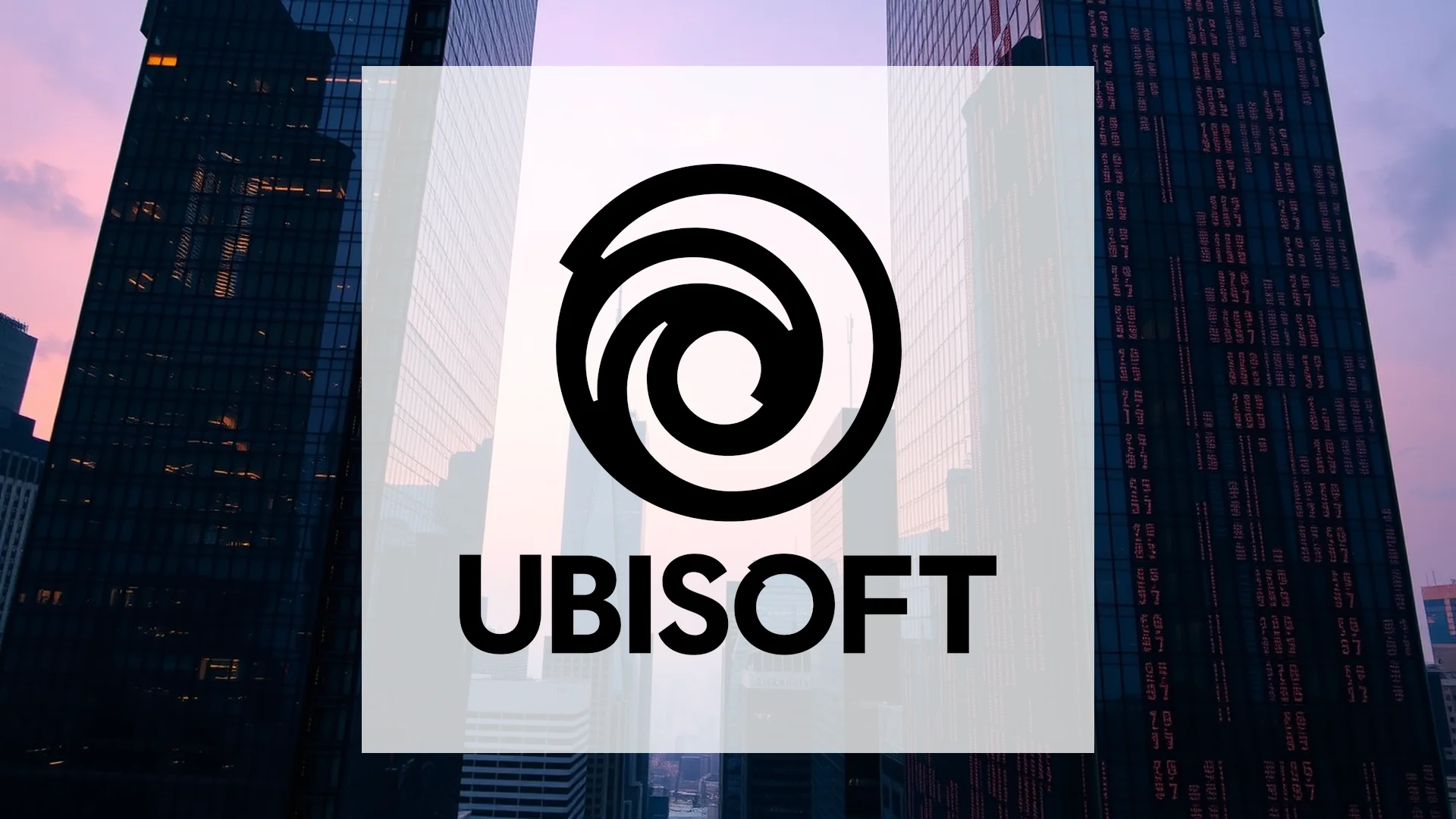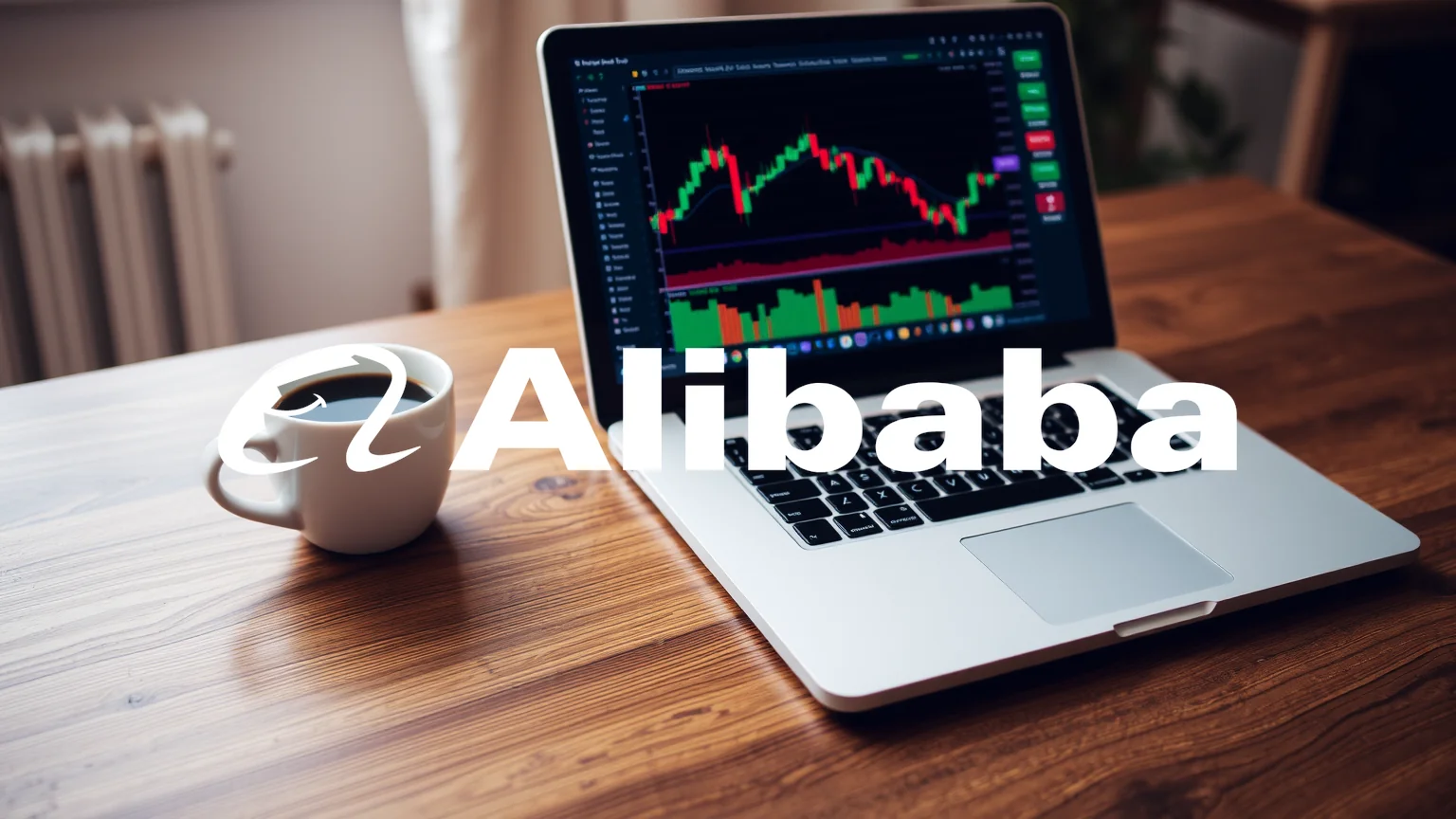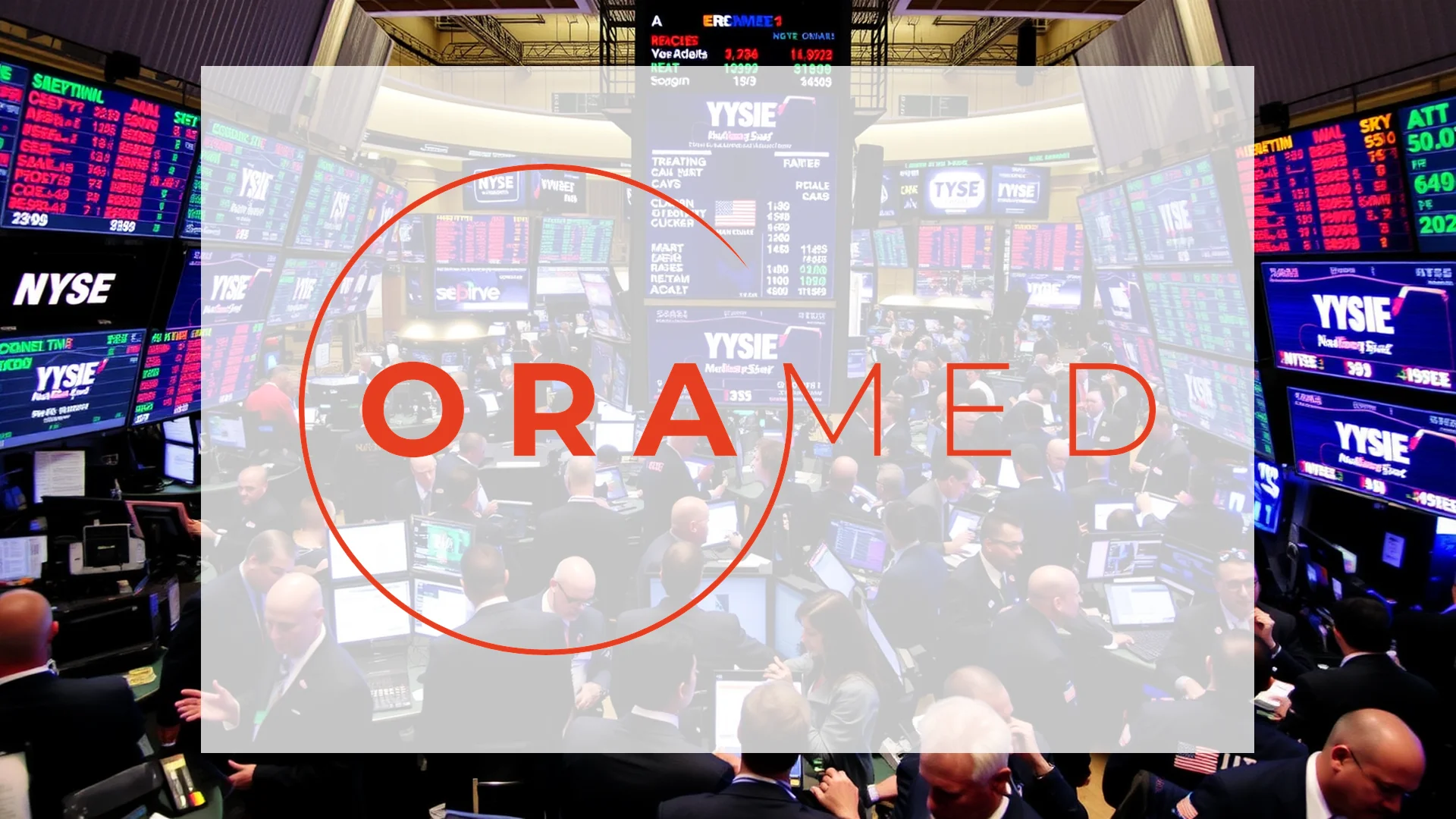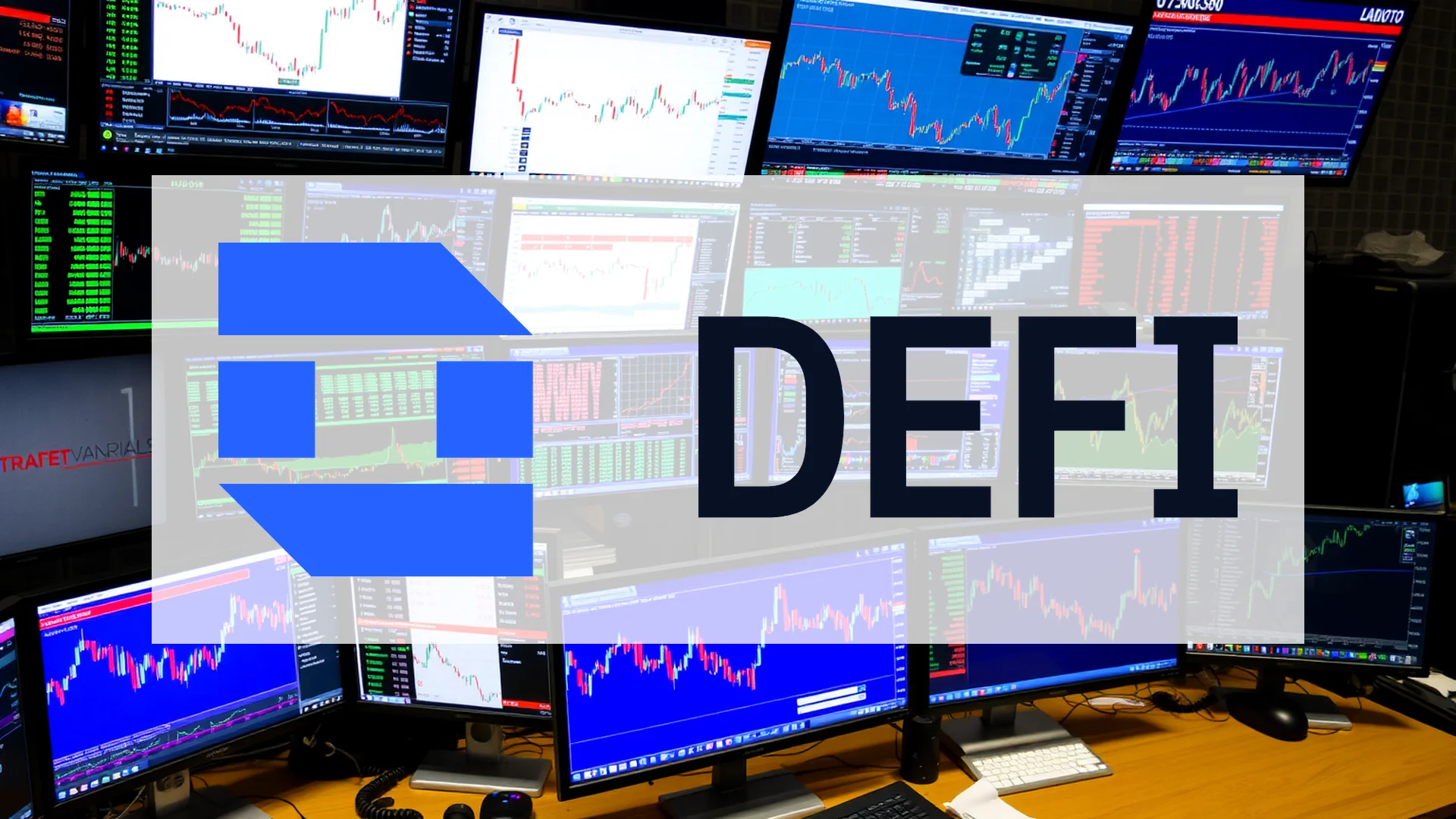The S&P 500 concluded a choppy trading session with modest losses after briefly touching a new intraday record. The benchmark index reached a high of 6,619 points before a wave of profit-taking pushed it down to close at 6,600.35, a decline of 6.41 points from its previous close of 6,606.76. Investor caution prevailed following the first interest rate cut by the U.S. Federal Reserve since December.
Fed’s Policy Shift and Market Reaction
In a widely anticipated but nonetheless pivotal move, the Federal Open Market Committee (FOMC) reduced the federal funds rate to a target range of 4.00% to 4.25%. While the 25-basis-point cut was fully priced in by markets, the central bank’s ambiguous forward guidance on the path of future rate reductions created uncertainty. The CBOE Volatility Index (VIX), a key gauge of market fear, closed at 16.36, indicating a noticeable uptick in trader anxiety.
Notable Stock Movers: Leaders and Laggards
Individual stock performances were a major focal point of the session, with significant gains and losses driven by company-specific news.
Top Performers:
* Hologic (HOLX) surged 7.7% on reports of acquisition interest from private equity firms Blackstone and TPG.
* Workday (WDAY) advanced 7.3% after activist investor Elliott Investment Management disclosed a multi-billion dollar stake in the company.
* Lyft (LYFT) boomed 13% higher following the announcement of a new strategic partnership with Waymo to deploy autonomous ride-hailing vehicles.
Key Decliners:
* Nvidia (NVDA) slid 2.7% amid reports of new Chinese restrictions on chip purchases by its domestic tech firms.
* Uber (UBER) dropped 5%, a direct negative reaction to its rival Lyft’s favorable autonomous driving news.
* Home improvement stocks felt pressure from a softening housing outlook, with Builders FirstSource (BLDR) falling 5.6% and Mohawk Industries (MHK) declining 4%.
Sector performance was mixed. Technology and consumer cyclical stocks emerged as areas of weakness, while more defensive sectors such as Healthcare demonstrated relative stability.
Should investors sell immediately? Or is it worth buying S&P 500?
Technical Picture Maintains Bullish Bias
From a technical analysis perspective, the S&P 500 continues to trade within a well-defined upward trend that has been in place since April. The index is consolidating above the psychologically important 6,600 level and remains comfortably above its 50-day moving average, which resides in the 6,400-6,407 point range.
- Key Resistance Levels: 6,650, 6,648, and 6,803 points
- Key Support Levels: 6,508, 6,480, and 6,500 points
Broader market breadth continues to show underlying positive momentum, reinforcing the bullish foundational support for the index.
Market Outlook Hinges on Federal Reserve Policy
The market’s near-term trajectory is expected to be heavily influenced by the Federal Reserve’s communication and its updated economic projections. The Fed’s suggestion of two additional rate cuts in 2025 remains a central focus for investors.
In related markets, the yield on the 10-year U.S. Treasury note hovered around the 4% threshold, while the U.S. Dollar Index (DXY) stabilized at 96.95. Commodities presented a mixed picture, with oil trading around $64 per barrel and gold pulling back from its recent record highs to trade below $3,700.
Concerns over a potential slowdown in job growth coupled with persistent inflationary pressures continue to dominate the macroeconomic narrative. A key question is whether corporate share buybacks, which fell 20.1% in the second quarter, can stage a recovery in the current quarter. The answer to this will likely play a significant role in the market’s next major directional move.
Ad
S&P 500 Stock: Buy or Sell?! New S&P 500 Analysis from November 5 delivers the answer:
The latest S&P 500 figures speak for themselves: Urgent action needed for S&P 500 investors. Is it worth buying or should you sell? Find out what to do now in the current free analysis from November 5.
S&P 500: Buy or sell? Read more here...













